The
appropriate shot. Whether it be eye-level shots providing the human
connection of Ken Loach films, or the always moving edgy shots that
compose blockbusters such as The Hurt Locker or Greenzone. The
appropriate shot is Barry Ackroyd' - BAFTA winner, Oscar Nominee, all
round don – description of his approach to film.
On
a drab Sunday morning during the BFI London Film Festival I caught
Ralph Fiennes' directorial debut – Coriolanus. An adapted
Shakespeare play, it depicts the troubles of an army general and his
relationship to the people. A film which Barry Ackroyd photographed.
The
opening scene, in which there is a standoff between those trained in
force and a public desperate for food, reminded me of another Barry
Ackroyd film depicting the struggle of people against the state -
Battle in Seattle. A film that never got a cinematic release (you can
find it online!) despite a two-year struggle by the makers. Set in
Seattle during the 1994 protests against the World Trade
Organisations Ministerial Meeting, it traces the efforts of a group
of demonstrators and documents the escalation from a peaceful protest
to the Mayor of Seattle declaring a State of Emergency. Why
didn't it get a release? “Imagine if they released a film like
this? Everyone would be watching it in Greece”.
So,
fuel to the fire. But, with such political films in his portfolio,
along side twenty-odd - far from hollywood - Ken loach' films,
dealing with social issues, what are the ideas that sit within the
man, behind the lens?
Barry Ackroyd talked to BNTL about all things film and politics.
DOCUMENTARY
- EVERYTHING HAD A POINT OF VIEW
Growing
up in the 1960s Barry was part of the disillusioned post WWII
generation that wanted to challenge the status quo and change his
surroundings. He attended art school, studying sculpture but was
'drawn to cinema, through films, such as Ken Loach's Kes, and the
cinematography of Chris Menges. British Free Cinema and French New
Wave inspired me - they were films made about people that I could
relate to.'
The
clichéd aspiring artist, Barry developed his style surviving off
social security working with influential documentary film maker Chris
Menges as well as Nick Broomfield.
Their
aim was to make a new type of documentary which embraced the
subjectivity of film-making. Documentary became a means to examine
and respond to society, a process to develop a standpoint, and a
platform from which to reflect and discuss their views with the
audience.
'I
have always thought of documentary as film-making, never as a lesser
version of narrative film. Everything had a point of view but there
was no pretence that it didn’t. The point was always to have an
openness, and not to draw conclusions before you got there. Films
were constructed by chance encounters and unforeseen events. We
allowed the people, the place and contingent experiences to mould and
construct the story. We made films from the subjects we discovered
rather than a film that someone wrote down six months ago, in a
production office in London.'
After
his first job, going to Belfast in the middle of the troubles in the
1970s when no one working for the BBC would risk it, he gained a
reputation working freelance on a number of projects that took him
around the globe everywhere from China to the Middle East.
STYLE
– LESS IS MORE
It
was this work in documentary cinema that got the attention of the
social realism director Ken Loach. This encounter established a
partnership which led to over a dozen films being made over the next
two decades. Including Raining Stones, My Name is Joe and The Wind
that Shakes the Barley, and most recently Looking for Eric.
In
doing this he began his path of taking a realistic documentary style,
created through low budget hand held equipment and a “British
style” of standing back and quietly listening while remaining close
to the face and inside of the subject, and applying it to feature
length fictional narrative cinema.
'Ken
would say “Do what you do best”. Have a signature, but then apply
it to other things, so you find a way of doing that. Chris [Menges]
said don't chase the action, let it come to you. So you apply those
things and you have a style, you have a history, and you have a
principle to stand by.
When
the shit hits the fan, or you have to shoot something outside of your
comfort zone, or you think “how can I do that?”, you can go back
to your past experiences.
The
style I work in, is very much part of the documentary tradition. It
is probably the easiest way to make a film, if you pick up a camera
for the first time. You don’t need to have access to cranes that
need twelve people to operate, and costs 15,000 quid a week. The
basic equipment is that which you can carry in your hand, the rest
are technical extras.
Less
is more. It's a hard thing to do sometimes. It’s about being
responsive to your surroundings, giving space to the actors, and
shooting with the minimum equipment; simplifying it all. If you can
create a natural setting, through a series of reductions, it is
possible to get closer to reality. Ken would always remark on
additional lighting affecting the actors, so I developed techniques
to build light into the set, putting kino-flo tubes in cut-out
drainpipes. Creating a balance between the performance and the craft
makes for a good film.
I've
always embraced the limitations of my equipment. The first
requirement to work as a freelance documentary cinematographer was to
own a 16mm film camera, a 10 to 1 zoom lens, and a set of four prime
lenses: 9.5mm, 12mm, 16mm, and 25mm. I didn’t have enough money for
the full kit, so I bought a second-hand AATON camera, and three
stills-camera lenses, 35mm, 50mm, and 85mm. This contributed to me
creating a different look. Without the standard required kit of
wide-angle lenses, I had lenses that were more varied. I hand held
the long lenses, creating a more dynamic kinetic that provided more
choice for the editor and director. It was this more dangerous
approach that helped me form my distinct style, and led to my
understanding that the best visual effects are focus, exposure and
choice of lens.
Your
hands are the best piece of equipment you have. The right hand is to
support the camera and your left hand does focus and zoom. You don’t
have a tripod, you have your hand, your eyes and then what the lens
can do. Zoom, choice of exposure, and depth of field. You can use
your hands to look for shadows, see how the light is changing, the
proportions of hands mimic that of frames.
I
always operate my own camera. I think it is fundamentally important,
it means that I am there to capture welcomed surprises, and can
maintain a consistency within the process. I worked out early on that
there are only three factors to cinematography: the light, the
subject, and the camera. It is by moving the camera that you can make
the strongest images and feel the human connection with the subject.
I
think it is important to make that connection between your own
physicality and the camera, I like to keep those two things
connected. If you are making films like I do about people, you
develop a human connection. Where you stand in relation to another
person is hugely important. If you stand close up in some one’s
face you will get a certain reaction, if you stand back you will get
a different response. The way you look at the world is a decision, it
becomes your signature.'
FILM
& POLITICS – WHICH SIDE ARE YOU ON?
Barry
and Ken’s shared feelings on film aesthetics mirrored the
similarities the pair held in their political views. Both were
actively aware of the gross inequalities in society; they both
heavily felt the need for change.
'There
has to be change, things never stay the same. Marx said that
capitalism has its inbuilt problems. It is killing itself because it
is too greedy. When someone starts to be benevolent to stop this
direction, someone else swallows them up. So, if you have a company
that starts to be benevolent to their workers it would just be taken
up by a company that could not be bothered with that, a company that
was just about making profit. If you don’t produce the maximum
profit then your death nail has been sounded. Capitalism has an
inbuilt catastrophe, we are just part of it. This is what we need to
get clear, students can demonstrate, people in the Arab world can
demonstrate, women demonstrate and get certain rights, but what we
are missing is the unity, the internationalism of everyone.
Who
is suffering in this country? The older people in this country. The
next generation. My generation who are expecting pensions and an
easier life we are not going to have, those who can not find jobs, or
those who had jobs but have been made unemployed, families who are
desperate, kids who have been rioting on the streets, the children
growing up with a lack of facilities. We are going to see is the
break up of the national health system.
So,
basically everyone is being effected, so workers of the world unite,
you have nothing to loose but your chains and a world to gain, its so
simple.
Ken
Loach made a film entitled, 'Which side are you on?' (1985) That's
what we need to make clear, which side do you stand on, we have the
mass and we have this tiny minority of people who hold power, it is
incredibly small. We are hoodwinked into thinking that we have no
control or have no force, but we do.
You
only need a few cogs and wheels to make a watch turn around, but if
that is the only way of telling time then it looks like an immaculate
product. So capitalism does look immaculate from the outside, its
just we know from our experience, that it is completely knackered.
It is a rusty old thing. If the watch winds down, then it will rust
and collapse, but it won’t wind down on its own, we will have to
stop it. There is a lot of realisation that this system is
collapsing, that we are in the end of capitalism.'
HOLLYWOOD
- MY ROLE IS TO SUBVERT EVERYTHING
After
making many films with Ken, such as Riff Raff staring Robert Carlyle,
that dealt with many of the issues in society they felt important to
discuss, Barry's signature style attracted the attention of directors
from America, working in Hollywood, that wanted him to bring that
thing he does
to their pictures.
'Paul
Greengrass approached me [to work on United '93] after seeing Dominic
Savage's Out of Control (2002), a film about young offenders set
partly in Thamesmead.
Savage
researches his films as if they were a documentary, he then populates
them with actors and non-actors, to fashion a series of scenes that
reflect actual events and scenarios, creating a part-film,
part-documentary, a method I really like. This approach parallels the
method of Greengrass, who also works from primary sources of recent
significant events, such as Bloody Sunday, 9/11, or the Iraq war. The
hand-held aesthetic was necessary to the documentary feel Greengrass
set out to evoke.'
'Out
of the blue' Kathryn Bigelow called asking him to photograph her new
project - The Hurtlocker (2008). '[we had] this long conversation and
I could see that what Kathryn wanted was something that appealed to
me. I had to question whether it would be a film that would be
pro-war that I did not want to do. My role is to subvert everything,
so how people think the film should be made, you can have influence
in the process. The way I can subvert things is through the camera,
through the lens. You can portray the shot in many different ways,
you gather emotion through the lens, so like in documentaries where
you stand in relation to the action is important. I aim to provide a
more humanistic view of the world, and so I apply that to the film.
'When
we made the film about Ter Blanche [The leader, The Driver and The
Driver’s Wife’ Nick Broomfield (1991)], we used wider lenses and
stood back, because we did not want to present a humanistic portrayal
of those people. The camera can show sympathy by the lens and its
positioning. If you stand eye to eye, you can create a feeling of
humanity. The struggle to keep people in focus can be humanising
because it relates to the way the human eye works - I wanted to
humanise the people involved in war, the people on both sides. I
think my style of shooting allows for this personal element to come
through.
I
learnt all these things as I went along. Just general observations
which I am still learning. I am still trying to be revolutionary and
progressive.'
OUTLOOK
- ALL CHANGE COMES FROM SOME SORT OF UPHEAVAL
In
much the same way Barry is still revolutionary in his beliefs.
'Martin
Luther King said, “the riot is the voice of the unheard”. So if
you don’t listen to anyone then eventually they will go out on the
street. I think all change comes from some sort of upheaval. Look at
the Arab world, there is no-one backing off saying here take the
reigns, I was wrong. That’s why you have armies, and the police
force, the force. It is a force against something, and as a police
force it is a domestic thing, it is against the people. That’s its
aim, it defends the principles of the state. When did it come about?
Under Capitalism. Why? To protect capitalism and property and those
who own property.
Yet
it's the rich that are the criminals, they have done everything they
can to bankrupt us and steal from us, they have their hands in our
pockets as you are lying in bed, they are creeping into your pockets
and getting money from us, from everybody, even children on the
streets, school kids. They are stealing of all of us, every minute of
the day, but they never get punished.
What
has happened over the last thirty or forty years is that there is no
political dialogue, no political thought, there are no political
parties, all there is are the parties of the rich, and they are free
to do whatever they want because they have killed thought.'
TECHNOLOGY
– THE EQUIPMENT IS NOT GUILTY
'Throughout
my career, I have always used film. At
Portsmouth Polytechnic we had Eclair NPR cameras which were the
foreunners to the AATON 16mm camera, hand held, French New Wave
cameras. We were using this revolutionary equipment, that was not
common, so we were right at the cutting edge of all that.
Bigelow
was unafraid to use Super 16 and to visit real locations. The 16mm
cameras, I feel are the freest means of making a film, allowing the
use of long zooms, makes for interaction, necessary for such an
energetic narrative. However, for the slow motion shots, we used the
high-speed digital Phantom. The use of the high speed mixed with life
action, worked to give the film another element.
I
am not afraid to use new technologies and embrace digital. I don’t
agree with this idea that digital technology is leading to a culture
of mediocrity. It is a social, political attitude to the world that
we have all developed. The equipment is not guilty. Those who are
guilty of this mediocrity is those who develop trite television
programmes and carry more of the lies that are being told to us, and
continue to pull the blankets over our heads.
We
are hooded all the time. I know the judges have just said that it is
illegal to hood someone when they are arrested, but we are hooded
electronically, metaphorically, ideologically. You know, we are all
indebted, stuck, feeding the system. Everyone is so tied up in paying
for the future that they have no time to be creative. I have always
been very conscious of the fact that I had a political agenda in my
head and I had a humanist agenda through the lens, and I combined
that and it turned into a visual trait, a visualisation of the
world.'
FILM
– THE GREATEST ART FORM
'Film
is a beautiful art and a beautiful collaboration between people; that
is what I love about it. Film-making is about everyone coming
together, and getting inspiration off everybody. Importantly you need
a group of people who you can sit with and talk film, because nearly
everybody I have worked with in the film industry, works in the
industry for one reason, and that’s a passion for film.
I
believe film to be the greatest art form. It's a rewarding process of
creatively stimulating your imagination, to produce this beautiful
physical thing. While I believe that no one art form can change the
world, you should always try to do that with every film. Maybe the
answer to toppling the current political regime, is just to make one
great film.'
Barry
Ackroyd personifies the important belief that art should encourage
thought and action in its audience and challenge the established
values which are constantly pushed upon us.
An
inspiration to young film makers, he demonstrates how it is possible
to find your own way in an exclusive industry, moulding his own
aesthetic and taking cinema back-to-basics by humanising it.
He
doesn’t vote as it doesn't fit into his belief system and when
asked what he is currently working on, he replies, 'I am unemployed.'
Interview
conducted by Ella Ackroyd, and edited by Gwilym Lewis-Brooke and
Jayden Ali.
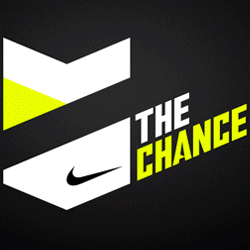











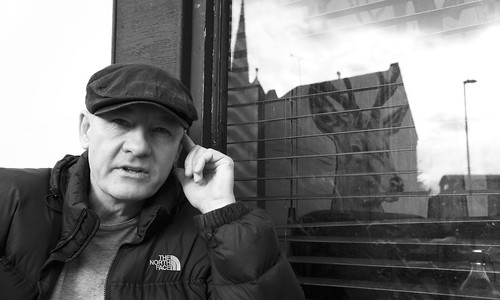
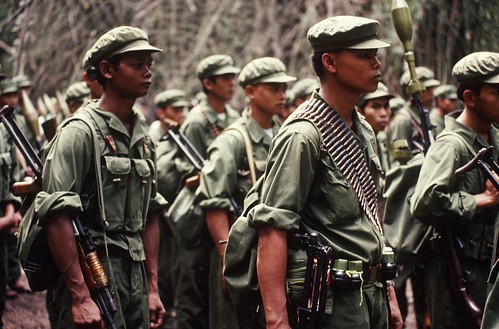
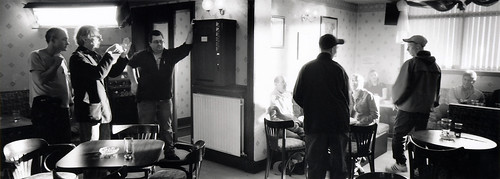
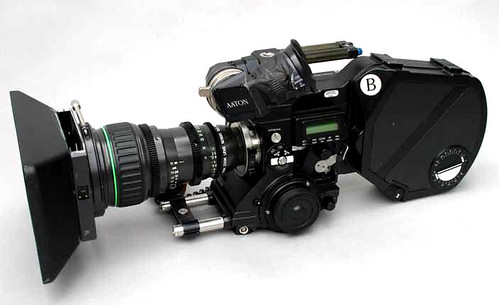
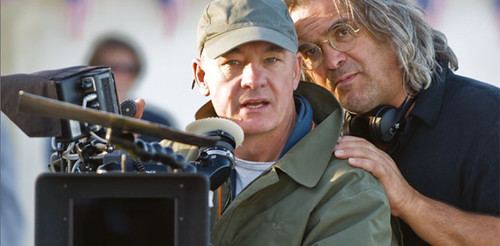
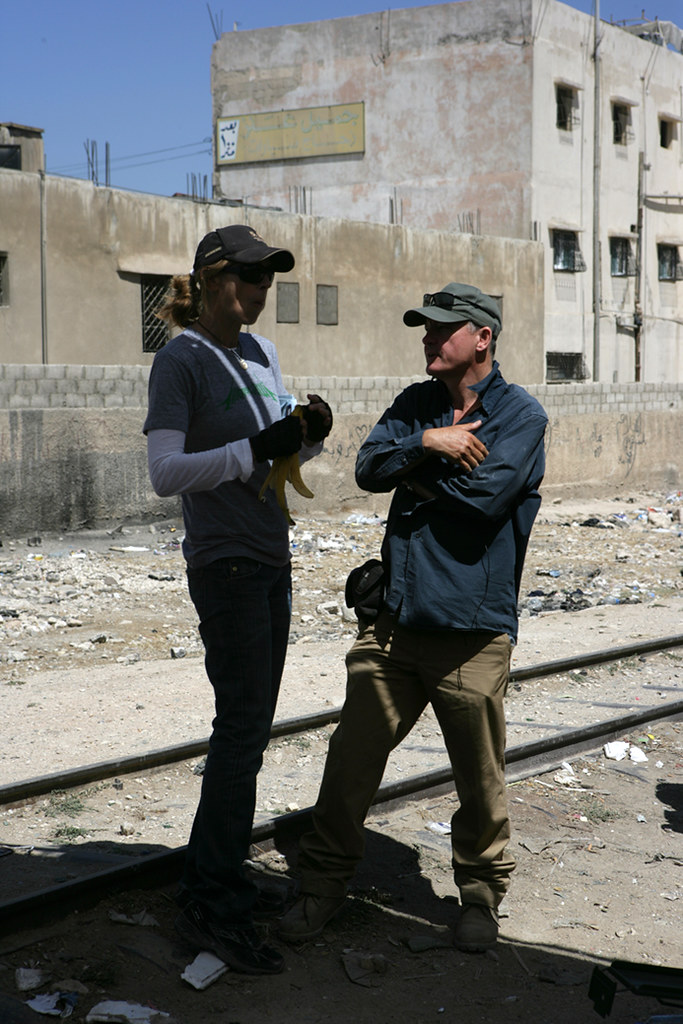
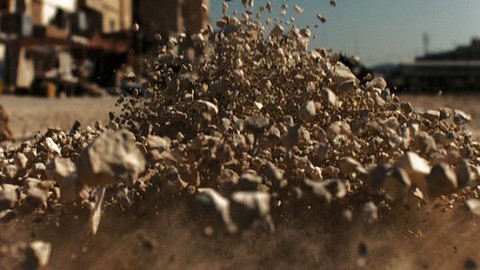





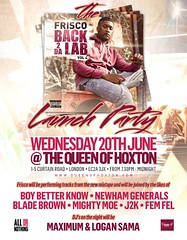

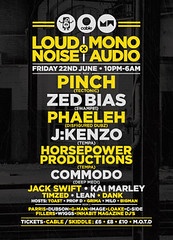

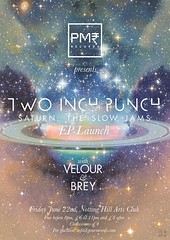
1 comment:
This is some seriouss material! Hope to see more posts like this! Bntl at it's best.
Post a Comment